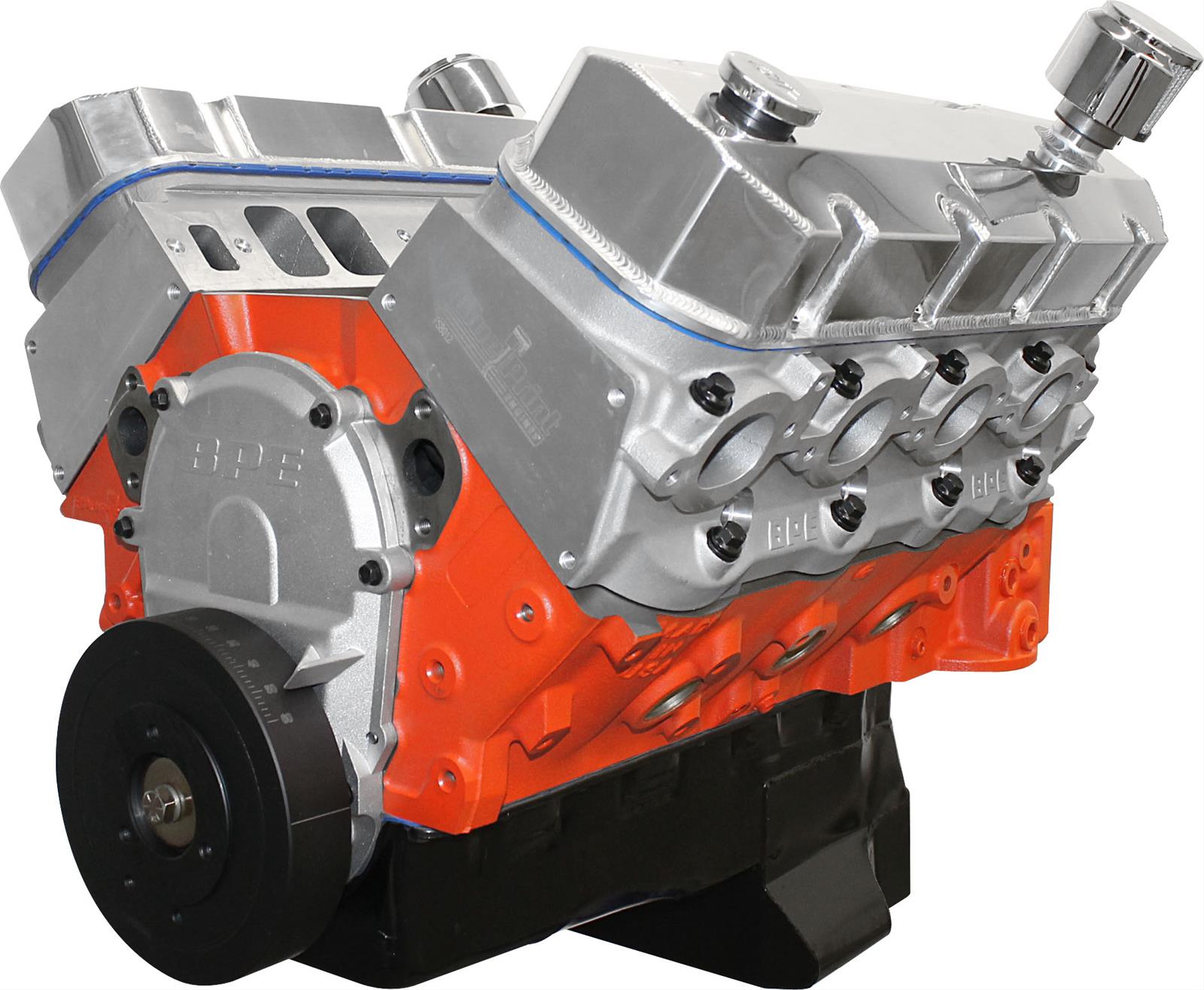The Future Of High-Performance Power

Blueprint engines are revolutionizing the automotive industry with their promise of high performance and reliability. As car enthusiasts and professionals seek more efficient and powerful options, blueprint engines emerge as a solution that meets these demands. They are specially built engines that undergo stringent quality control measures, ensuring that every component works flawlessly together. In this article, we will explore everything you need to know about blueprint engines, including their benefits, applications, and how they stand out in the market.
The automotive landscape is continuously evolving, with advancements in technology leading to the development of specialized engine types. Blueprint engines are a prime example of this evolution, offering a combination of high performance, durability, and customization options. In this comprehensive guide, we will delve into the features that make blueprint engines a popular choice among car builders and enthusiasts alike.
Whether you are a seasoned mechanic, a car enthusiast, or someone looking to upgrade your vehicle, understanding blueprint engines is essential. This article will provide you with valuable insights, practical information, and expert opinions, making it a go-to resource for anyone interested in this innovative technology.
Table of Contents
What Are Blueprint Engines?
Blueprint engines are high-performance engines that are meticulously built and tested to ensure optimal performance and reliability. The term "blueprint" refers to the detailed specifications and designs used during the engine's construction process. Unlike standard engines, which may have variations in components and assembly quality, blueprint engines are made with precision, resulting in a consistent and high-quality product.
Definition and Overview
Blueprint engines are typically built from scratch or modified from existing engine designs. They are engineered with specific performance goals in mind, such as increased horsepower, torque, and fuel efficiency. Each component is carefully selected and matched to work harmoniously, resulting in a powerful and efficient engine.
History of Blueprint Engines
The concept of blueprint engines dates back to the early days of automotive performance tuning. As car enthusiasts sought to enhance their vehicles' capabilities, builders began creating engines that adhered to strict performance specifications. Over time, this practice evolved into the modern blueprint engine, which is now a staple in the performance automotive industry.
Benefits of Blueprint Engines
Blueprint engines offer numerous advantages over traditional engines, making them an attractive option for performance enthusiasts. Below are some key benefits:
- Enhanced Performance: Blueprint engines are designed to deliver maximum horsepower and torque, allowing for improved acceleration and speed.
- Increased Reliability: The meticulous assembly process ensures that each component is compatible and functions optimally, reducing the likelihood of engine failure.
- Customization Options: Blueprint engines can be tailored to meet specific performance goals, allowing builders to create a unique driving experience.
- Better Fuel Efficiency: Many blueprint engines are designed with efficiency in mind, resulting in better fuel economy compared to standard engines.
Key Components of Blueprint Engines
Understanding the components that make up a blueprint engine is crucial for appreciating its performance capabilities. Some of the primary components include:
- Engine Block: The core structure that houses the internal components.
- Crankshaft: Converts linear motion into rotational motion, critical for engine operation.
- Pistons: Move up and down within the cylinders, creating the power needed to drive the vehicle.
- Camshaft: Controls the timing of the engine's valves, impacting performance and efficiency.
- Valvetrain: Comprises various components that control the opening and closing of the engine's valves.
Blueprint Engines vs. Standard Engines
When comparing blueprint engines to standard engines, several key differences emerge:
- Precision Engineering: Blueprint engines are subject to rigorous quality control, while standard engines may have variability in assembly.
- Performance Goals: Blueprint engines are designed with specific performance targets, whereas standard engines are often built for reliability and cost-effectiveness.
- Customization: Blueprint engines offer more options for customization, allowing builders to tailor performance to their preferences.
Applications of Blueprint Engines
Blueprint engines are utilized in various automotive applications, including:
- Street Performance: Many car enthusiasts choose blueprint engines to enhance their daily drivers.
- Racing: Blueprint engines are a common choice in competitive racing due to their high-reliability and performance capabilities.
- Restoration Projects: Classic car restorers often opt for blueprint engines to maintain authenticity while improving performance.
How Blueprint Engines Are Made
The manufacturing process of blueprint engines involves several crucial steps:
Cost of Blueprint Engines
The cost of blueprint engines can vary significantly based on several factors, including:
- Complexity of Design: More complex engines may have a higher cost due to the additional engineering and parts required.
- Customization: Custom-built engines tailored to specific performance goals will typically be more expensive.
- Brand and Reputation: Established manufacturers with a strong reputation for quality may charge a premium for their engines.
On average, blueprint engines can range from $5,000 to over $15,000, depending on the factors mentioned above.
Conclusion
Blueprint engines represent a significant advancement in automotive technology, offering unmatched performance, reliability, and customization options. As car enthusiasts and builders seek to push the limits of what their vehicles can achieve, blueprint engines are becoming an increasingly popular choice. If you're considering upgrading your vehicle or building a high-performance machine, a blueprint engine could be the perfect solution.
We invite you to leave your thoughts in the comments below, share this article with fellow car enthusiasts, or explore more articles on our site to expand your knowledge about automotive technologies.
Thank you for reading, and we hope to see you back on our site for more insightful content!
ncG1vNJzZmirn521b6%2FOpmasp5idu6bD0pusrGpmZK%2BtwcSpqaKmpGKyr7PIp5ysZpipuq0%3D